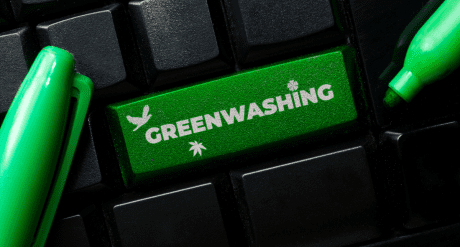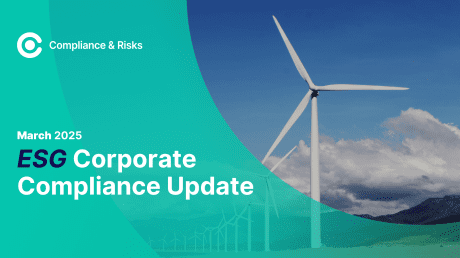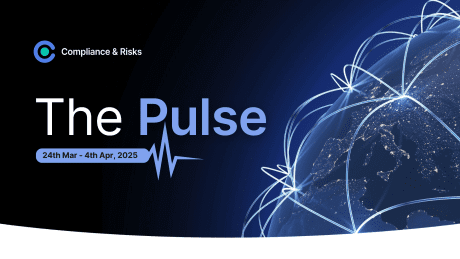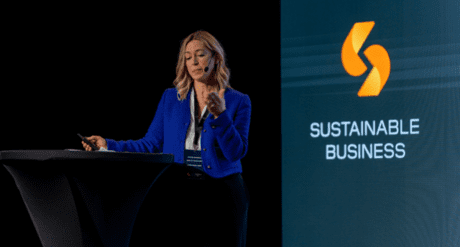
The Biweekly Pulse: 10th – 21st March 2025
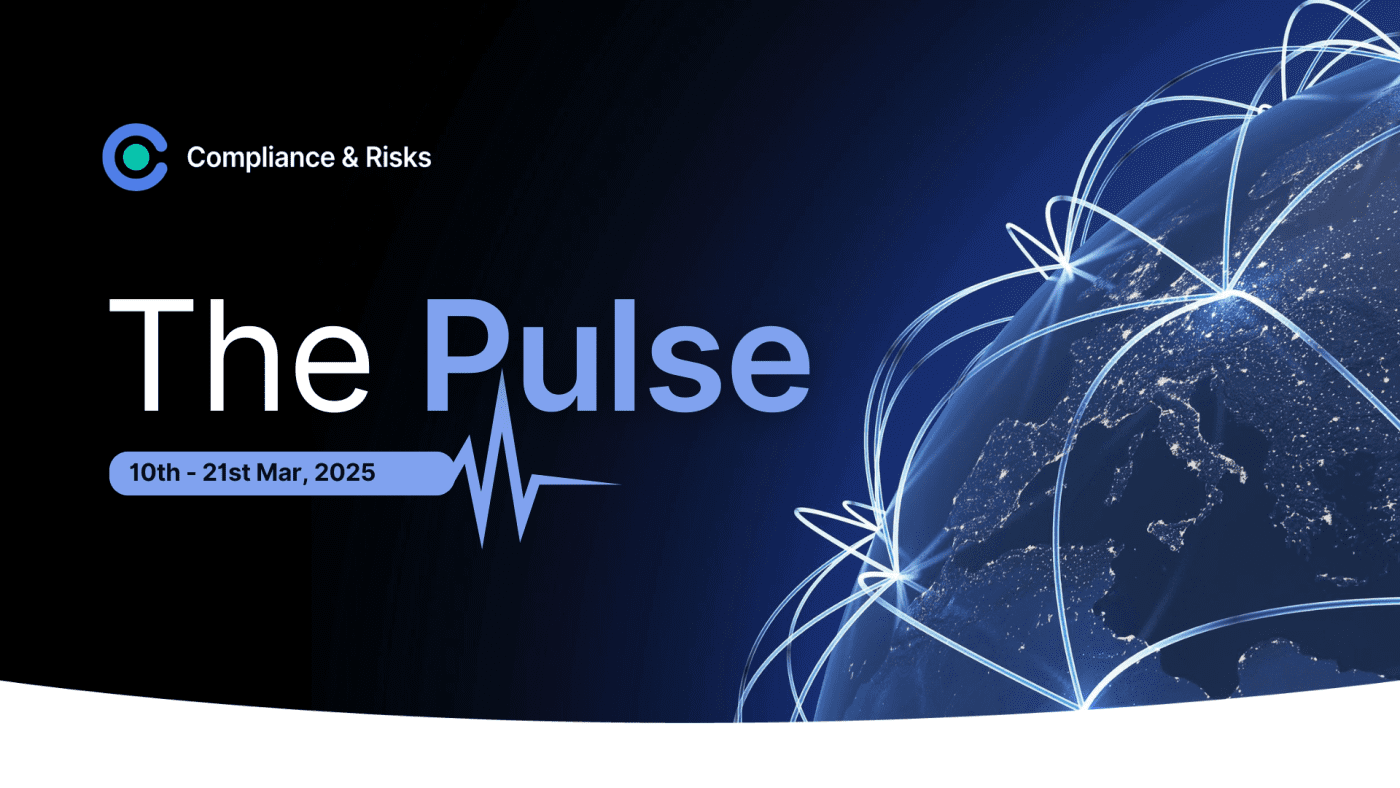
The Pulse was originally posted on 26th March, 2025. Further regulatory developments may have occurred after publication. To keep up-to-date with the latest compliance news, sign up to our newsletter.
Check out what’s hot in our regulatory world with The Pulse! The Pulse is your biweekly source for global regulatory insights.
This week’s trending sources in C2P
- OECD: The Role of Traceability in Critical Mineral Supply Chain, Report, February 2025
- UK: Extended Producer Responsibility for Packaging: Register and Pay the Fee, Guidance Document, Revised, March 2025
- Philippines: Implementation of New Regulation (EU) 2025/40 on Packaging and Packaging Waste, Advisory, March 2025
What is our Content Team talking about?
USA – Uyghur Forced Labor Prevention Act (UFLPA) Statistics
The Uyghur Forced Labor Prevention Act (UFLPA) established that there is a rebuttable presumption that the importation of any goods, wares, articles, and merchandise that have been mined, produced, or manufactured wholly or in part in the Xinjiang Uyghur Autonomous Region of the People’s Republic of China, or produced by an entity specified in the UFLPA Entity List, is prohibited from entry into the US per Section 307 of the Tariff Act of 1930. This presumption will apply unless the Commissioner of U.S. Customs and Border Protection (CBP) has made a determination, through clear and convincing evidence, that the goods, wares, articles, or merchandise were in fact not produced using forced labor or that UFLPA does not apply to the products that the importer is trying to bring into the United States.
CBP has recently published updated Uyghur Forced Labor Prevention Act Statistics. This data spans June 2022 (when UFLPA was first in effect) through February 2025. During this time period, a total of 15,539 shipments, worth $3.66 billion USD, has been the subject of CBP enforcement actions per UFLPA. Of these 15,539 enforcement actions, 5,558 (35.7%) have resulted in the affected shipments being released, while 8,633 (55.6%) have resulted in the shipments being denied entry into the US.
Since June 2022, the electronics industry has been the subject of the most UFLPA enforcement actions with 5,246 (33.8%) of the total actions affecting this industry. These enforcement actions affected shipments of electronic goods with a value of over $3 billion USD. Second to that, the automotive/aerospace industry was the subject of 5,064 (32.6%) enforcement actions. The shipments affected by these actions total over $49.3 million USD. The apparel/footwear/textiles industry was the subject of the third most UFLPA enforcement actions with 2,045 (13.2%). Goods involved in these enforcement actions were valued at over $91 million USD. Of these shipments of apparel/footwear/textile goods, over 64% were denied entry into the US.
Across all industries, January and February 2025 saw a total of 2,918 UFLPA enforcement actions by CBP. The goods affected by these actions were valued at over $19 million USD. For the sake of comparison, in January and February 2024, there were a total of 867 UFLPA enforcement actions involving goods valued at over $490 million USD.
CBP is regularly updating these UFLPA enforcement statistics to help companies have a better understanding of which industries are most frequently affected by enforcement activity.
What are our Knowledge Partners talking about?
UK POPs to be updated with Stockholm derogations
by RINA
In May 2023, the Stockholm Convention included Dechlorane Plus and UV-328, and methoxychlor in Annex A for elimination, with specified derogations. The initial draft of the UK statutory instrument (SI) for UK Persistent Organic Pollutant Regulation (POPs), only included a limited subset of the derogations listed under the Stockholm convention excluding derogation such as for aerospace, space and defense applications for Dechlorane Plus and replacement parts for Dechlorane Plus and UV-328. Due to industry feedback to the UK* the draft SI was amended and now reflects the same derogations as the Stockholm Convention, emphasizing the significance of engaging in stakeholder consultation. The legislation once published will immediately implement these requirements into UK law, but the exact date of publication is currently unknown.
What will be the impact?
Other than methoxychlor which is mainly used as an insecticide in the agricultural industry, the other two substances have a variety of industrial applications. For example, Dechlorane Plus is used as a flame retardant in a variety of applications, such as coatings, textiles, and plastics. Plastics, paints, coatings, sealants, and adhesives all potentially contain UV-328, a UV absorber.
*Summary of responses and government response – GOV.UK
What are our clients asking about?
“Under the EU Batteries Regulation, should the Separate Collection Symbol be present on both the battery and its packaging (primary and secondary)?”
Answered by Dila Şen
Under Regulation (EU) 2023/1542, the requirement to display the separate collection symbol (crossed-out wheeled bin) is primarily focused on the battery itself. Specifically, from August 18, 2025, all batteries must bear this symbol, covering at least 3% of the area of the largest side of the battery, up to a maximum size of 5 × 5 cm. For cylindrical battery cells, the symbol should cover at least 1.5% of the surface area, with the same maximum size. If the battery is too small for the symbol to be legible (smaller than 0.47 × 0.47 cm), the regulation allows for the symbol to be printed on the packaging instead, measuring at least 1 × 1 cm.
Regarding packaging, the regulation specifies that if the battery’s size is too small to accommodate a legible symbol, the symbol should be printed on the packaging. However, it does not explicitly mandate the duplication of the symbol on multiple layers of packaging. Therefore, if the symbol is already present on the primary packaging and on the battery label itself, there is no legal requirement to duplicate it on the secondary packaging.
In summary, as long as the separate collection symbol is clearly visible on the battery and, if necessary due to size constraints, on the primary packaging, duplicating the symbol on secondary packaging is not required under the current provisions of Regulation (EU) 2023/1542.
Stay Ahead Of Regulatory Changes with The Pulse
Want to stay ahead of the regulatory developments featured in this edition of The Pulse?
The information in The Pulse is taken from C2P. Accelerate your ability to achieve, maintain & expand market access for all products in global markets with C2P – your key to unlocking market access, trusted by more than 300 of the world’s leading brands.
C2P is an enterprise SaaS platform providing everything you need in one place to achieve your business objectives by proving compliance in over 195 countries.
C2P is purpose-built to be tailored to your specific needs with comprehensive capabilities that enable enterprise-wide management of regulations, standards, requirements and evidence.
Add-on packages help accelerate market access through use-case-specific solutions, global regulatory content, a global team of subject matter experts and professional services.
- Accelerate time-to-market for products
- Reduce non-compliance risks that impact your ability to meet business goals and cause reputational damage
- Enable business continuity by digitizing your compliance process and building corporate memory
- Improve efficiency and enable your team to focus on business critical initiatives rather than manual tasks
- Save time with access to Compliance & Risks’ extensive Knowledge Partner network
Never Miss A Regulatory Update!
Join 30,000+ compliance professionals for monthly updates on hot compliance issues, free regulatory webinars and whitepapers and market insights on the latest trends
